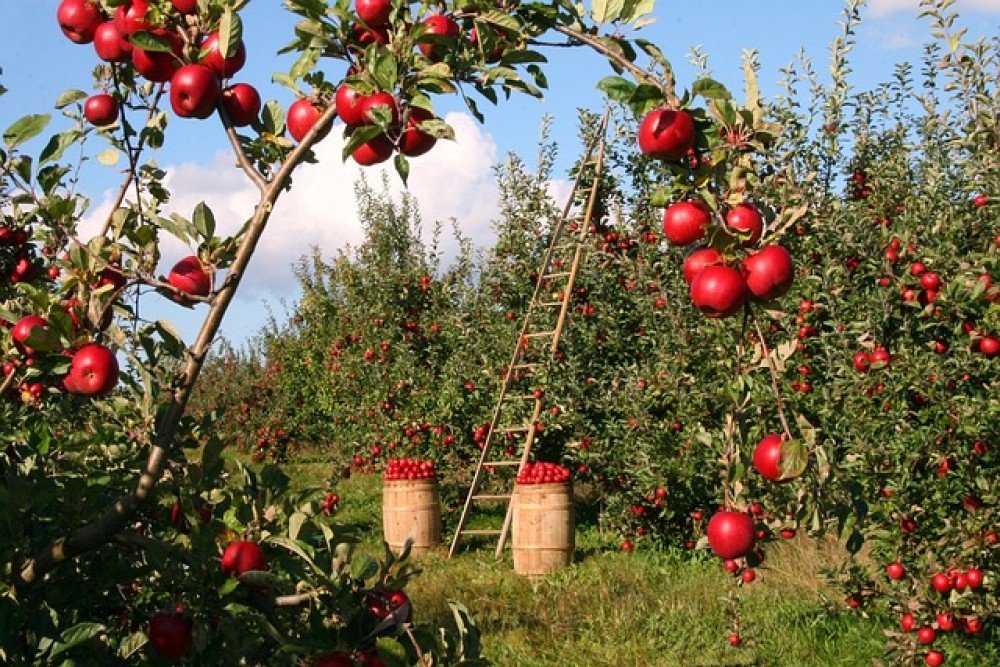The global organic farming market is projected to reach $22.7 billion by 2032, growing at a robust compound annual growth rate (CAGR) of 16.1 percent from 2025 to 2032.
This is according to the new market research report titled "Organic Farming Market Size, Share & Forecast by Farming Type (Crop, Livestock, Aquaculture), Method (Crop Rotation, Composting, Biological Pest Control), Input Type (Organic Seeds, Biofertilizers), Application (Fruits & Vegetables, Grains, Dairy) - Global Forecast to 2032," published by Meticulous Research.
“This expansion is driven by the rising consumer awareness about the health benefits of organic products, increasing demand for sustainable agricultural practices, and supportive government policies promoting organic farming,” Meticulous Research said.
KEY MARKET DRIVERS AND TRENDS
The market is experiencing rapid growth due to rising consumer awareness of health and environmental sustainability, prompting demand for chemical-free food. Government initiatives, such as subsidies and organic certification programs, are actively encouraging farmers to transition to organic methods.
Additionally, increasing environmental concerns and the push to reduce soil and water degradation are influencing agricultural policies worldwide. Technological advancements, like precision farming and biological inputs, are enhancing productivity and making organic farming more scalable. Retail expansion and growing trust in organic certification labels are also strengthening market confidence and adoption.
GROWTH OPPORTUNITIES
The organic farming market offers substantial growth opportunities driven by evolving consumer preferences, environmental priorities, and supportive policy environments. With health-conscious consumers increasingly seeking food free from synthetic pesticides, fertilizers, and GMOs, demand for organic produce continues to rise globally. This shift in consumer behavior creates strong incentives for farmers and agribusinesses to expand organic cultivation.
Governments across regions are introducing policies to promote organic agriculture, including financial incentives, subsidies, and education initiatives that make organic farming more accessible. These efforts are particularly visible in countries like India, where public programs aim to increase certified organic farmland. In developed nations, stricter regulations around pesticide use and carbon emissions are further pushing the shift toward sustainable practices.
Technological innovation is another key enabler of market growth. Tools such as precision farming, AI-based crop monitoring, and data-driven soil health management help improve yields and reduce labor intensity in organic farming. These innovations allow producers to scale operations while maintaining organic standards, making organic farming more competitive with conventional methods.
Retail expansion is also playing a significant role. Supermarkets, e-commerce platforms, and specialty stores are increasingly dedicating shelf space to organic products, improving accessibility and visibility. Moreover, organic certification labels such as USDA Organic and EU Organic are building consumer trust, driving repeat purchases and long-term demand.
Emerging markets present untapped potential as urbanization and disposable incomes increase. Regions like Asia-Pacific and Latin America are witnessing growing interest in organic products, and the integration of organic agriculture into national sustainability agendas is accelerating adoption.
“Therefore, these factors present a dynamic environment for growth, positioning organic farming as a vital component of the future global food system,” Meticulous Research said.
PIXAVAY PHOTO


